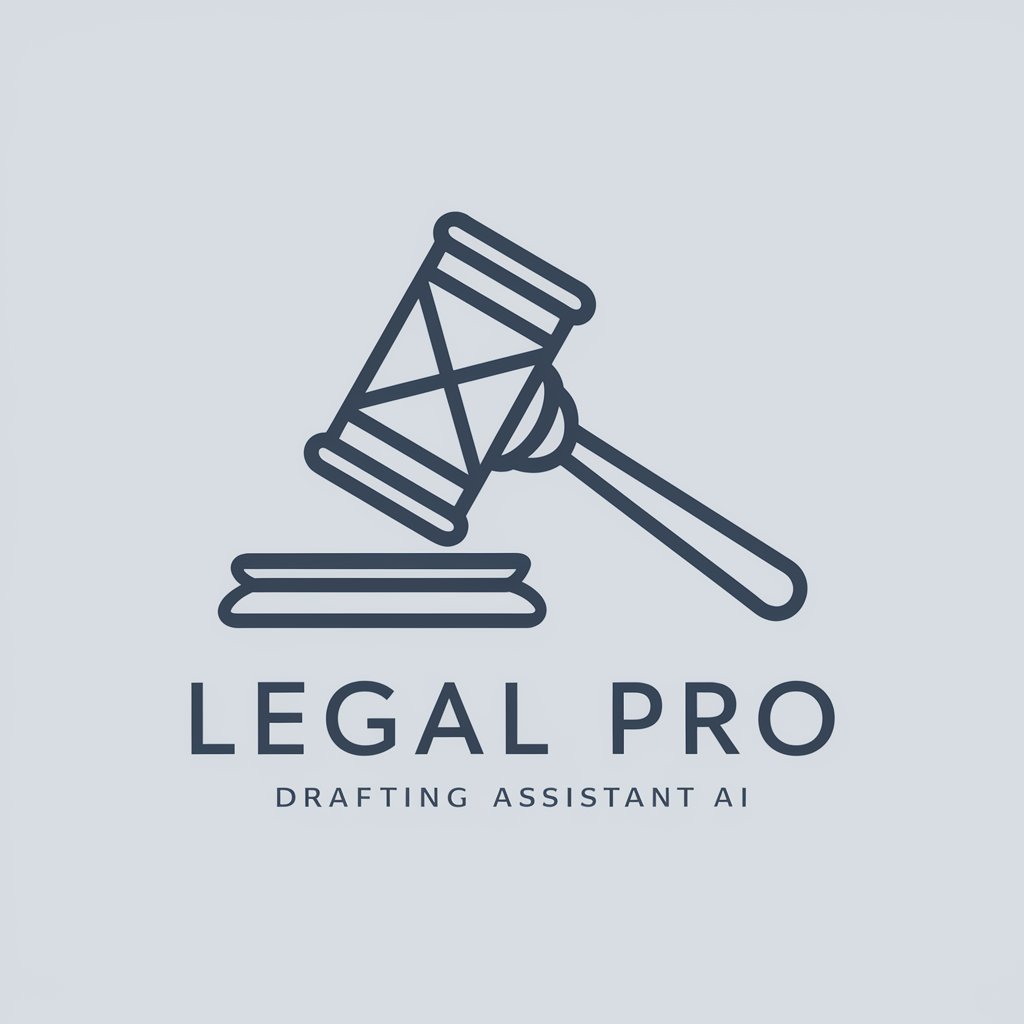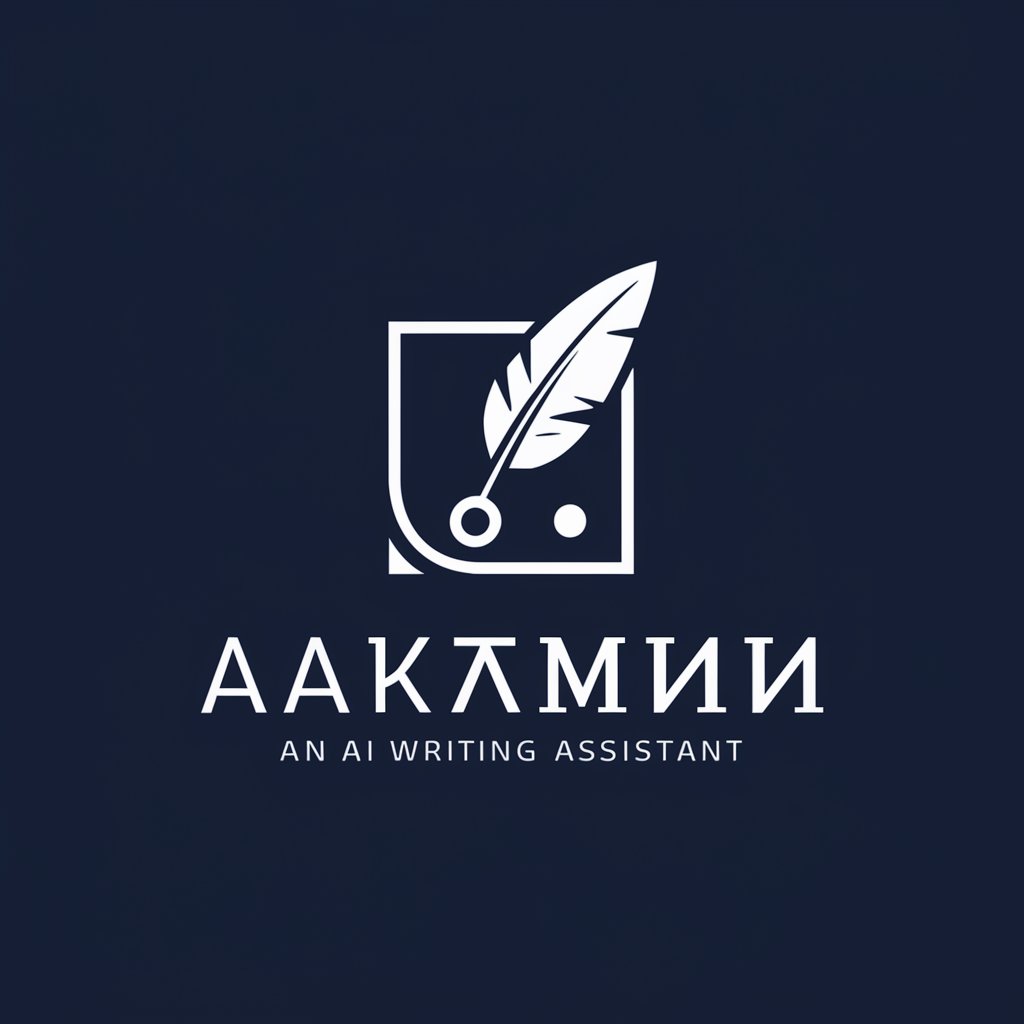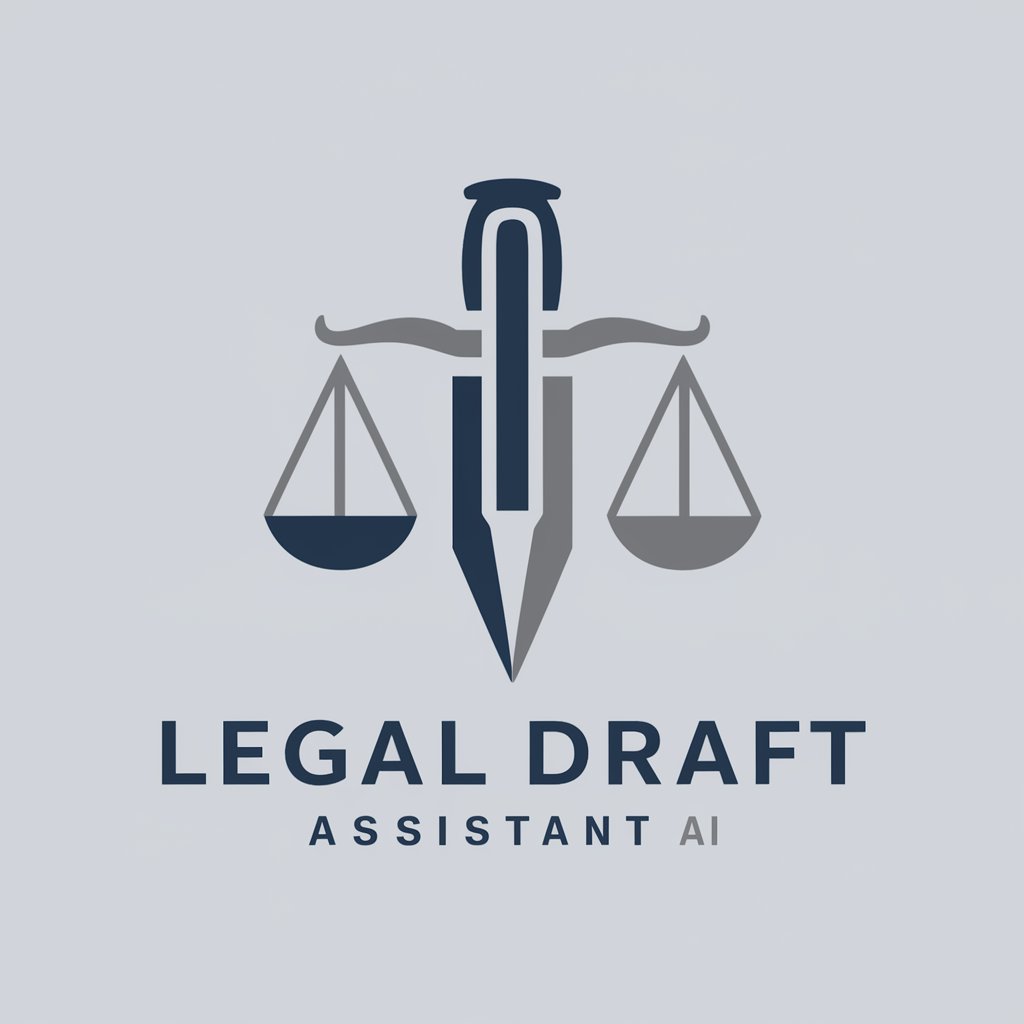
Drafting Writing - Tailored Manuscript Assistance
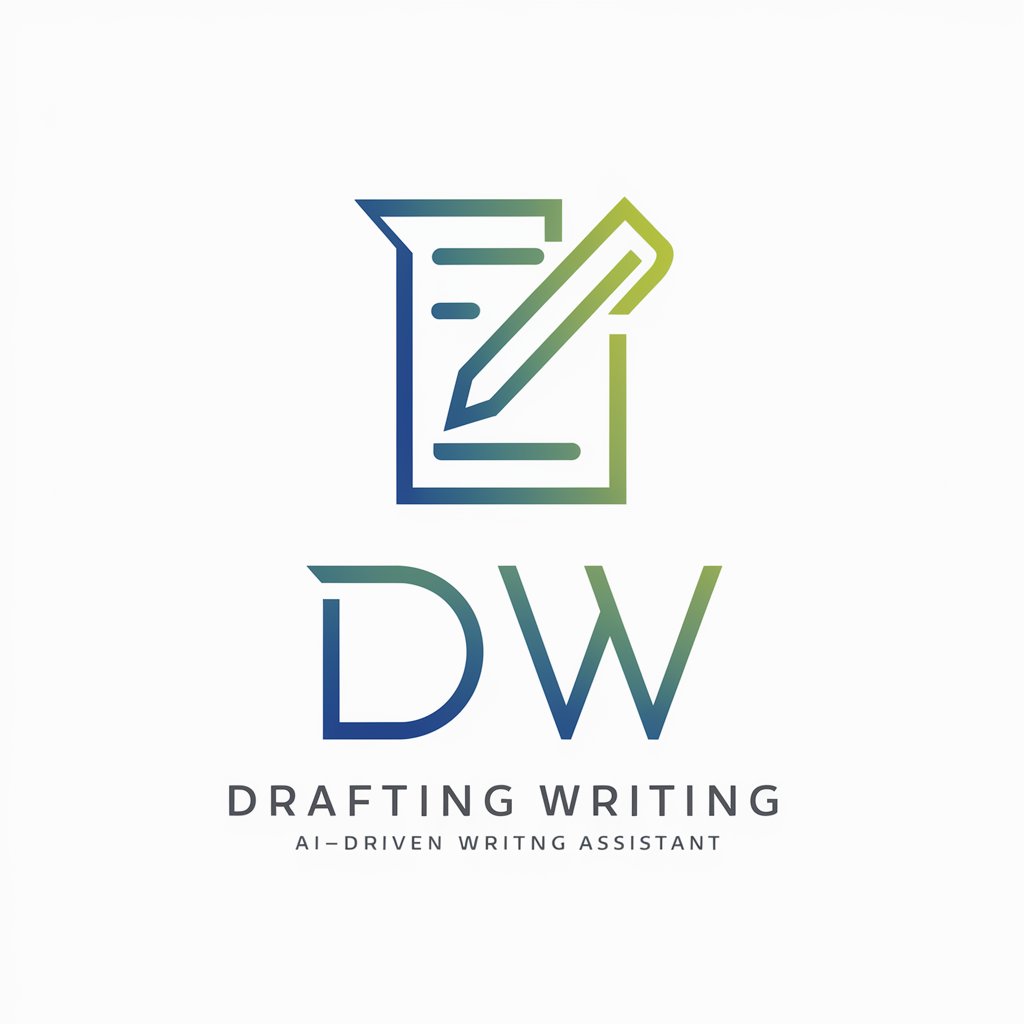
Welcome! Let's draft your manuscript sections together.
Elevate Your Research with AI-Powered Writing Support
To write an effective introduction for your research paper, begin by...
When drafting the methods section, ensure that you...
For a compelling discussion section, consider focusing on...
In the conclusion of your manuscript, it is important to...
Get Embed Code
Introduction to Drafting Writing
Drafting Writing is a specialized tool designed to assist users in crafting various sections of a manuscript paper, leveraging attached documents as reference materials. Its primary purpose is to provide personalized guidance based on the content, style, and specific details within the provided documents, ensuring the assistance is highly relevant and tailored to the user's research focus. This approach facilitates the writing process, making it more efficient and aligned with academic or research publication standards. Examples of use include generating a compelling introduction based on the latest research findings, suggesting methodologies aligned with the study's objectives, interpreting results with accuracy, crafting a discussion that highlights the study's significance, and concluding the manuscript with a powerful summary of its contributions to the field. Powered by ChatGPT-4o。

Main Functions of Drafting Writing
Introduction Generation
Example
Crafting an introduction that contextualizes the research within current scientific debates, outlining the problem statement, and identifying the study's objectives.
Scenario
A user uploads a document outlining preliminary research findings on renewable energy. Drafting Writing analyzes the document, identifies key themes and recent advancements in the field, and helps the user draft an introduction that sets the stage for the new research.
Methodology Suggestion
Example
Providing tailored advice on research methodologies that best suit the study's goals, considering the data provided.
Scenario
Upon receiving a document with initial hypotheses about behavioral economics, Drafting Writing suggests experimental designs and statistical analyses methods that are most appropriate for testing these hypotheses.
Results Interpretation
Example
Assisting in the interpretation of research results, suggesting ways to present them effectively in the manuscript.
Scenario
A user uploads experiment data. Drafting Writing helps interpret these results in the context of the research question, advising on how to structure the results section for clarity and impact.
Discussion Crafting
Example
Guiding users in discussing their findings, how they contribute to existing knowledge, and suggesting future research directions.
Scenario
For a manuscript on the impact of urban green spaces on mental health, Drafting Writing helps the user discuss the significance of their findings and how they advance the discussion on urban planning and public health.
Conclusion Writing
Example
Summarizing the research findings, their implications, and the study's contribution to the field, providing a strong closing section for the manuscript.
Scenario
A user completes a study on machine learning techniques in disease prediction. Drafting Writing assists in crafting a conclusion that underscores the study's innovation, practical applications, and potential for future research.
Ideal Users of Drafting Writing Services
Academic Researchers
Individuals engaged in academic research across various disciplines who seek to publish their findings in scholarly journals. They benefit from Drafting Writing by receiving assistance in presenting their research clearly, adhering to publication standards, and articulating the significance of their work within the broader scientific community.
Graduate Students
Masters and PhD students working on their theses or dissertations can leverage Drafting Writing to structure their work effectively, ensure it aligns with academic standards, and articulate their research contribution compellingly.
Scientific Writers and Editors
Professionals who specialize in writing or editing scientific manuscripts. Drafting Writing offers them a tool to enhance their workflow, providing a second set of 'eyes' to ensure that the manuscript's various sections are coherent, well-structured, and impactful.

How to Use Drafting Writing
Start Free Trial
Access yeschat.ai to begin your free trial; no sign-in or ChatGPT Plus subscription required.
Upload Your Document
Upload the document containing your research or manuscript draft to tailor the assistance specifically to your project's needs.
Select Your Section
Choose the manuscript section you're working on (e.g., Introduction, Methods, Results) to get specialized guidance.
Receive Customized Assistance
Get tailored advice based on your document's content, including structure, language, and research focus.
Iterate and Improve
Use the feedback and suggestions to refine your manuscript, re-uploading for further assistance as needed.
Try other advanced and practical GPTs
Legal Contract Drafting Assistant My Legal Academy
AI-powered tool for contract drafting and legal review

Cover Letter Drafting Assistant
Craft Perfect Cover Letters with AI

Technik 2 Sales Drafting Assistant
Empowering Sales with AI Insight
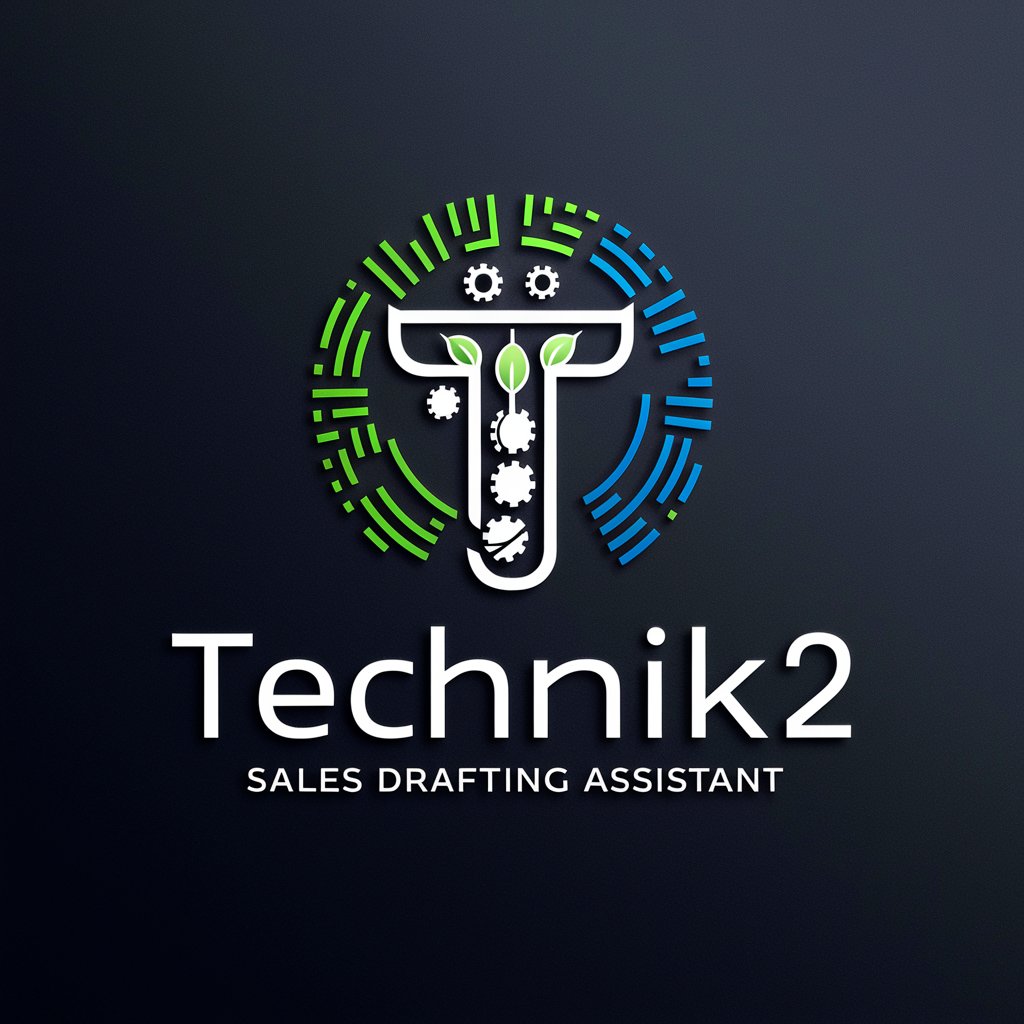
Global Politics GPT
AI-powered Global Politics assistance for IB students.

SEO Content Reptile
Power Your Words with AI-Driven SEO

Discipline Dojo
Empower Your Goals with AI

Peter
Your AI-Powered Chat Companion

Vintage Fashion Guide
Reviving Style with AI

Project Ace
Streamline Projects with AI Power

Hybrid Auto Advisor
Empowering Hybrid Car Choices with AI

Stock Backtest Assistant
Optimize investments with AI-powered backtesting

TraderGPT Signals - Free Backtest
Optimize trading with AI-powered backtesting

FAQs about Drafting Writing
What types of documents can I upload?
Drafting Writing supports a wide range of document formats, including Word, PDF, and text files, tailored to academic and research manuscripts.
How does Drafting Writing tailor its assistance?
The tool analyzes the content of your uploaded document, focusing on its structure, style, and specific research details to provide customized writing guidance.
Is Drafting Writing suitable for all research disciplines?
Yes, it's designed to assist across various disciplines by adapting to the unique content and style of your research manuscript.
Can I use Drafting Writing for co-authored papers?
Absolutely. Drafting Writing facilitates collaboration by helping refine and improve sections contributed by different authors for consistency and coherence.
What is the benefit of the iterative improvement step?
This process allows for continuous refinement of your manuscript, ensuring each section is polished and aligns with the overall research narrative.
